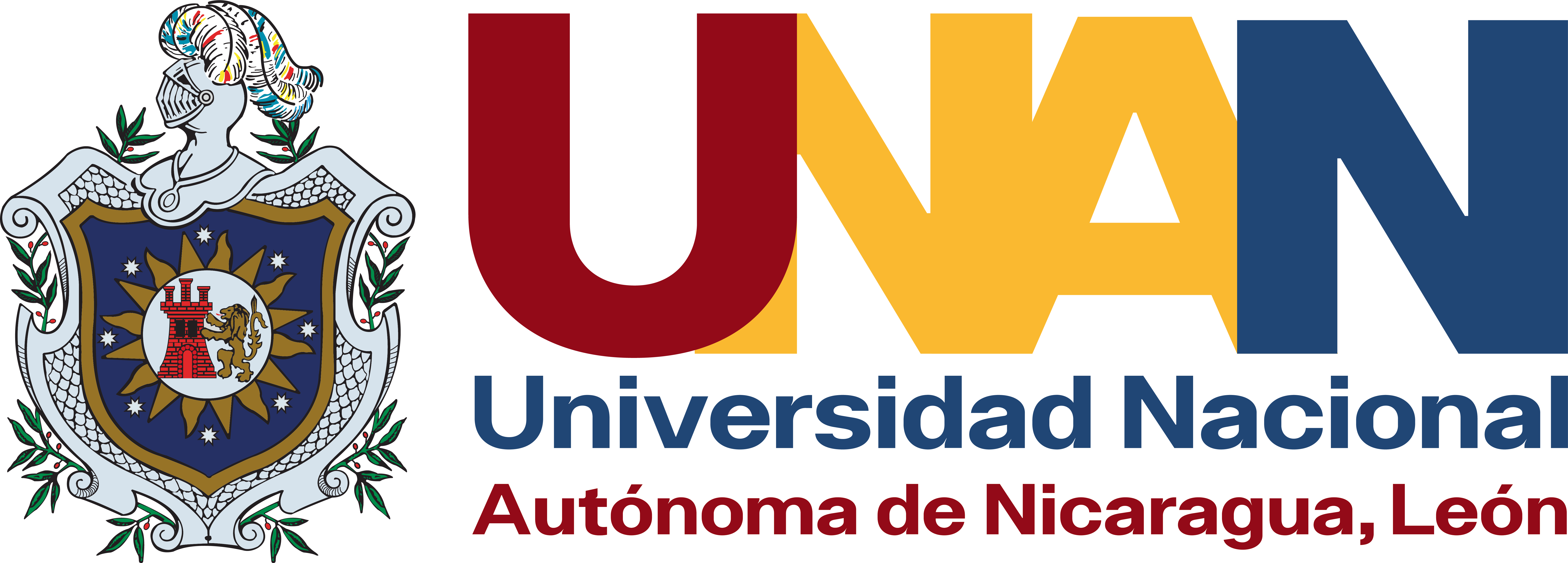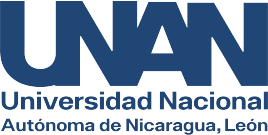
Submissions
Submission Preparation Checklist
As part of the submission process, authors are required to check off their submission's compliance with all of the following items, and submissions may be returned to authors that do not adhere to these guidelines.- The submission has not been previously published, nor is it before another journal for consideration (or an explanation has been provided in Comments to the Editor).
- The submission file is in OpenOffice, Microsoft Word, or RTF document file format.
- Where available, URLs for the references have been provided.
- The text is single-spaced; uses a 12-point font; employs italics, rather than underlining (except with URL addresses); and all illustrations, figures, and tables are placed within the text at the appropriate points, rather than at the end.
- The text adheres to the stylistic and biliographical requirements of the APA standards summarized in the Author Guidelines, which appear in About the magazine
- Once the section for publication has been selected, we invite you to review the policy of that section by clicking on Section Policy.
- The text adheres to the stylistic and bibliographic of the APA norms requirements outlined in the Author Guidelines. Autor Guidelines/a
Original Scinetific Articles
Qualitative research writing guidelines
title: it should be written concisely and clearly, providing a precise idea of the article's content. It must be in two languages: Spanish and English.
authors: all authors' full names must be included. The principal author(s) should be indicated with an asterisk in superscript. For each author, their affiliation should be specified, including their academic unit, administration, laboratory, research center, or institute, and the faculty to which they belong. Only faculty members should include their ORCID number. The main author(s) must also include an email address. This information should be provided in both Spanish and English.
a summary of no more than 250 words must be presented, briefly and sequentially describing the justification, objectives, subject of study, methodology, results, and conclusions. This summary should be provided in both Spanish and English.
keywords: select a maximum of 3 to 5 keywords to facilitate the inclusion of the article in scientific publication indexes and information systems. The keywords should be provided in both Spanish and English.
introduction: this section should clearly state the research objective, identifying the problem, the importance, and the scope of the study. It should also provide a review of the relevant literature that supports the research problem and objectives. The references should be relevant to the topic and updated, preferably from scientific articles published in indexed journals. This section should be written in both Spanish and English.
methodological design, materials, and methods: this section should explain the qualitative research methodology, describe the selection and characteristics of the study subjects, and detail the research methods and techniques used, including ethical considerations.
results and discussion: the results should be presented clearly, indicating similarities or differences with findings from other published studies. The discussion should highlight cause-and-effect relationships derived from the analysis and their theoretical implications. Tables and figures should be numbered consecutively using Arabic numerals and should not have image frames.
conclusions: this section should summarize the main findings, contributions, and implications of the research.
references: the reference list should primarily include citations from scientific articles published in peer-reviewed journals. Books should only be cited if directly relevant to the topic. References should follow the APA 7th edition citation style.
format of the written submission: papers must be submitted using the corresponding template (experimental or theoretical) attached to this document. The text should be formatted in Arial font, size 12, single-spaced, letter-size (8 ½ x 11 inches or 21.59 cm x 27.94 cm) with 2.5 cm margins on all sides. Paragraphs should be aligned in a single-column format and justified. Tables and figures should be editable and should not have a background color. Use pastel colors for illustrations.
Quantitative research writing guidelines
title: it should be written concisely and clearly, providing a precise idea of the article's content. It must be in two languages: Spanish and English.
authors: all authors' full names must be included. The principal author(s) should be indicated with an asterisk in superscript. For each author, their affiliation should be specified, including their academic unit, administration, laboratory, research center, or institute, and the faculty to which they belong. Only faculty members should include their ORCID number. The main author(s) must also include an email address. This information should be provided in both Spanish and English.
a summary of no more than 250 words must be presented, briefly and sequentially describing the justification, objectives, subject of study, methodology, results, and conclusions. This summary should be provided in both Spanish and English.
keywords: select a maximum of 3 to 5 keywords to facilitate the inclusion of the article in scientific publication indexes and information systems. The keywords should be provided in both Spanish and English.
introduction: this section should clearly state the research objective, identifying the problem, the importance, and the scope of the study. It should also provide a review of the relevant literature that supports the research problem and objectives. The references should be relevant to the topic and updated, preferably from scientific articles published in indexed journals. This section should be written in both Spanish and English.
methodological design, materials, and methods: this section should describe the research methodology and experimental design, including the study site, materials, equipment, statistical methods, and techniques used in the research.
results and discussion: the results should be presented clearly, indicating similarities or differences with findings from other published studies. The discussion should highlight cause-and-effect relationships derived from the analysis and their theoretical implications. Tables and figures should be numbered consecutively using Arabic numerals and should not have image frames.
conclusions: this section should summarize the main findings, contributions, and implications of the research.
references: the reference list should primarily include citations from scientific articles published in peer-reviewed journals. Books should only be cited if directly relevant to the topic. References should follow the APA 7th edition citation style.
format of the written submission: papers must be submitted using the corresponding template (experimental or theoretical) attached to this document. The text should be formatted in Arial font, size 12, single-spaced, letter-size (8 ½ x 11 inches or 21.59 cm x 27.94 cm) with 2.5 cm margins on all sides. Paragraphs should be aligned in a single-column format and justified. Tables and figures should be editable and should not have a background color. Use pastel colors for illustrations.

Academic Essay
Essay writing instructions
Content
Title: It should be written concisely and provide a clear idea of the content of the essay.
Authors: The full names of all authors should be included, with the main author(s) indicated by an asterisk in superscript. For each author, the location in the academic unit, administration, laboratory, research center, institute, and the faculty to which each author belongs should be stated. For faculty members, include the ORCID number.
For the main author(s), include: email address.
Submit a summary of a maximum of 250 words of the essay, in both Spanish and English.
Keywords: Select 3 to 5 keywords maximum. This will facilitate the inclusion of the article in indexes and scientific publication information systems. In both Spanish and English.
Introduction: This section presents the introductory ideas of the essay, the thesis, the author's purpose or objective, as well as the logical organization of the essay.
Development: This section covers the aspects of the Central Thesis. It provides a simple theoretical framework that supports the thesis. Preferably written in short paragraphs to facilitate reading and maintain the reader's interest. It demonstrates the writer's ability to organize and argue ideas, supported by information from necessary sources such as books, journals, interviews, the internet, databases, and others. The development should contain expository paragraphs to present the writer's ideas and argumentative paragraphs to analyze, compare-contrast, similarities-differences, cause-effects, examine attitudes or phenomena, origins-consequences, and the evolution over time.
Conclusion: This section presents the concluding elements that the author considers relevant or that summarize the contributions or reflections from the essay.
References: Preferably include citations from scientific articles published in scientific journals; books, and use only citations related to the topic. Follow APA 7th edition guidelines for citation and reference formatting.
Written Presentation Format:
The works should be submitted in the corresponding Template (experimental or theoretical) attached to this document.
Font: Arial, 12-point size, single-spaced, letter size (8 ½ x 11 inches or 21.59 cm x 27.94 cm), with 2.5 cm margins on each side.
Paragraph alignment should be in a single column and justified. Tables and figures should be editable, with no background color. Use pastel colors.

Docoumental Research
Guidelines for documentary research / systematization of experiencesGontent
Title: It should be written briefly and provide a clear idea of the content of the essay.
Authors: The full names of all authors must be included, with the main author(s) indicated by a superscript asterisk. Additionally, for each author, indicate their affiliation with the academic unit, administration, laboratory, research center, institute, and faculty to which they belong. For faculty members, include the ORCID number.
For the main author(s), include their email address.
Submit a summary of no more than 250 words, in both Spanish and English.
Keywords: Select 3 to 5 keywords maximum. This will facilitate the inclusion of the article in indexes and scientific publication information systems. In both Spanish and English.
Introduction: The introductory ideas of the literature review are presented, outlining the purpose or objective of the author, as well as the logical organization of the document.
Development: In this section, freely organized by the author, the content is developed to achieve the proposed objectives, using information from necessary sources such as books, journals, interviews, the internet, databases, and others. The content should be paraphrased, containing direct and indirect citations, with an emphasis on the author or content.
Conclusion: The author presents the concluding elements considered relevant or that summarize the contributions or reflections of the literature review.
References: Preferably include citations from scientific articles published in scientific journals; books, and use only citations related to the topic. Follow the citation and referencing guidelines of APA 7th edition.
Written Presentation Format:
The works must be submitted in the corresponding template (experimental or theoretical) attached to this document.
Font: Arial, 12-point size, single-spaced, letter size (8 ½ x 11 inches or 21.59 cm x 27.94 cm), with 2.5 cm margins on each side.
Paragraph alignment should be in a single column and justified. Tables and figures should be editable, with no background color. Use pastel colors.

Copyright Notice
Copyright © 2025 Universitas (León) Scientific Journal of the UNAN Leon. National Autonomous University of Nicaragua, Leon. Academic Direction / Research Department / Publications and Scientific Events Unit.
Privacy Statement
The names and email addresses entered in this journal will be used exclusively for the purposes stated herein and will not be made available for any other purpose or to any third party. The information provided by readers will be used solely for subscription management, notifications of new publications, and communications related to Universitas (León).
The journal guarantees the confidentiality of users' personal data in accordance with current data protection regulations. No data will be shared with third parties without the explicit consent of the data owners.
If you wish to modify or delete your personal information from our database, you may contact us through the journal’s official email.




